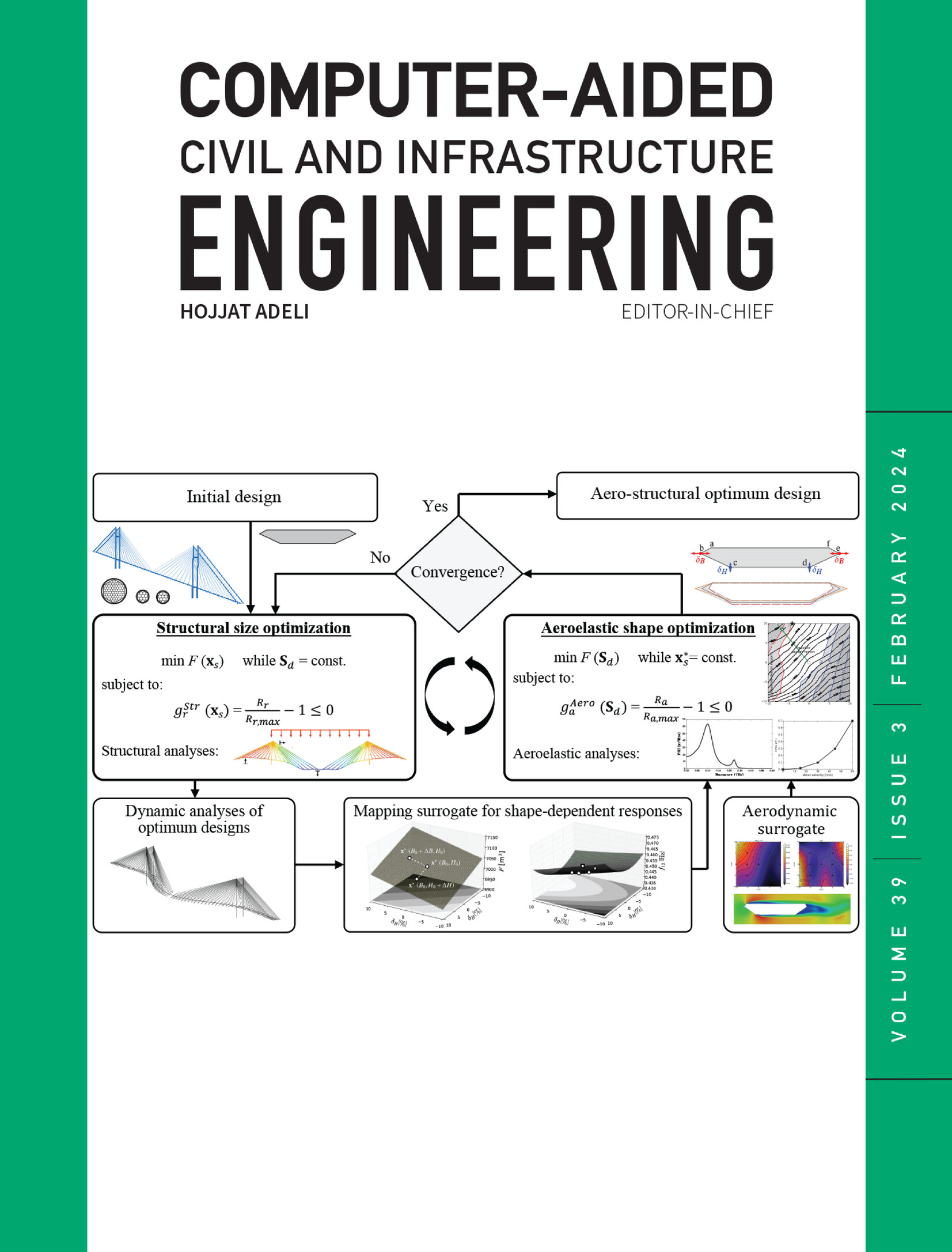Portable IoT device for tire text code identification via integrated computer vision system
IF 8.5
1区 工程技术
Q1 COMPUTER SCIENCE, INTERDISCIPLINARY APPLICATIONS
引用次数: 0
Abstract
The identification of tire text codes (TTC) during the production and operational phases of tires can significantly improve safety and maintenance practices. Current methods for TTC identification face challenges related to stability, computational efficiency, and outdoor applicability. This paper introduces an automated TTC identification system founded on a robust framework that is both user-friendly and easy to implement, thereby enhancing the practical use and industrial applicability of TTC identification technologies. Initially, instance segmentation is creatively utilized for detecting TTC regions on the tire sidewall through You Only Look Once (YOLO)-v8-based models, which are trained on a dataset comprising 430 real-world tire images. Subsequently, a computationally efficient rotation algorithm, along with specific image pre-processing techniques, is developed to tackle common issues associated with centripetal rotation in the TTC region and to improve the accuracy of TTC region detection. Furthermore, a series of YOLO-v8 object detection models were assessed using an independently collected dataset of 1127 images to optimize the recognition of TTC characters. Ultimately, a portable Internet of Things (IoT) vision device is created, featuring a comprehensive workflow to support the proposed TTC identification framework. The TTC region detection model achieves a segmentation precision of 0.8812, while the TTC recognition model reaches a precision of 0.9710, based on the datasets presented in this paper. Field tests demonstrate the system's advancements, reliability, and potential industrial significance for practical applications. The IoT device is shown to be portable, cost-effective, and capable of processing each tire in 200 ms.通过集成计算机视觉系统识别轮胎文本代码的便携式物联网设备
在轮胎的生产和运营阶段识别轮胎文本代码(TTC)可以显著提高安全性和维护实践。当前TTC识别方法面临着稳定性、计算效率和室外适用性方面的挑战。本文介绍了一种建立在用户友好且易于实现的健壮框架上的TTC自动识别系统,从而提高了TTC识别技术的实际使用和工业适用性。最初,实例分割被创造性地用于检测轮胎侧壁上的TTC区域,通过基于You Only Look Once (YOLO) v8的模型,该模型在包含430张真实轮胎图像的数据集上进行训练。随后,开发了一种计算效率高的旋转算法,以及特定的图像预处理技术,以解决TTC区域向心旋转相关的常见问题,并提高TTC区域检测的准确性。此外,使用独立收集的1127张图像数据集,评估了一系列YOLO-v8目标检测模型,以优化TTC字符的识别。最终,创建了便携式物联网(IoT)视觉设备,具有全面的工作流程,以支持拟议的TTC识别框架。基于本文提供的数据集,TTC区域检测模型的分割精度为0.8812,TTC识别模型的分割精度为0.9710。现场测试证明了该系统的先进性、可靠性和对实际应用的潜在工业意义。该物联网设备便携、经济高效,并且能够在200毫秒内处理每个轮胎。
本文章由计算机程序翻译,如有差异,请以英文原文为准。
求助全文
约1分钟内获得全文
求助全文
来源期刊
CiteScore
17.60
自引率
19.80%
发文量
146
审稿时长
1 months
期刊介绍:
Computer-Aided Civil and Infrastructure Engineering stands as a scholarly, peer-reviewed archival journal, serving as a vital link between advancements in computer technology and civil and infrastructure engineering. The journal serves as a distinctive platform for the publication of original articles, spotlighting novel computational techniques and inventive applications of computers. Specifically, it concentrates on recent progress in computer and information technologies, fostering the development and application of emerging computing paradigms.
Encompassing a broad scope, the journal addresses bridge, construction, environmental, highway, geotechnical, structural, transportation, and water resources engineering. It extends its reach to the management of infrastructure systems, covering domains such as highways, bridges, pavements, airports, and utilities. The journal delves into areas like artificial intelligence, cognitive modeling, concurrent engineering, database management, distributed computing, evolutionary computing, fuzzy logic, genetic algorithms, geometric modeling, internet-based technologies, knowledge discovery and engineering, machine learning, mobile computing, multimedia technologies, networking, neural network computing, optimization and search, parallel processing, robotics, smart structures, software engineering, virtual reality, and visualization techniques.

 求助内容:
求助内容: 应助结果提醒方式:
应助结果提醒方式:


